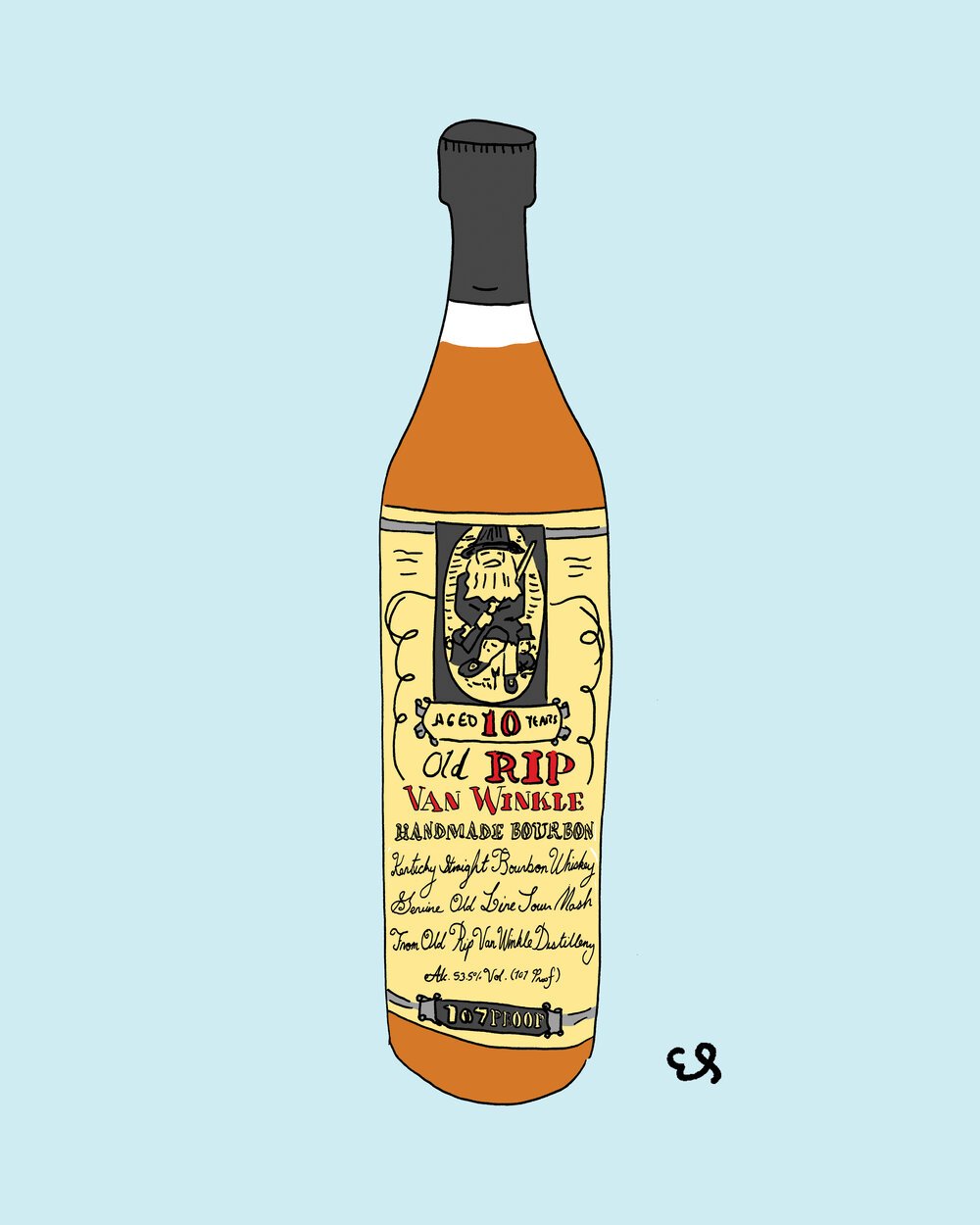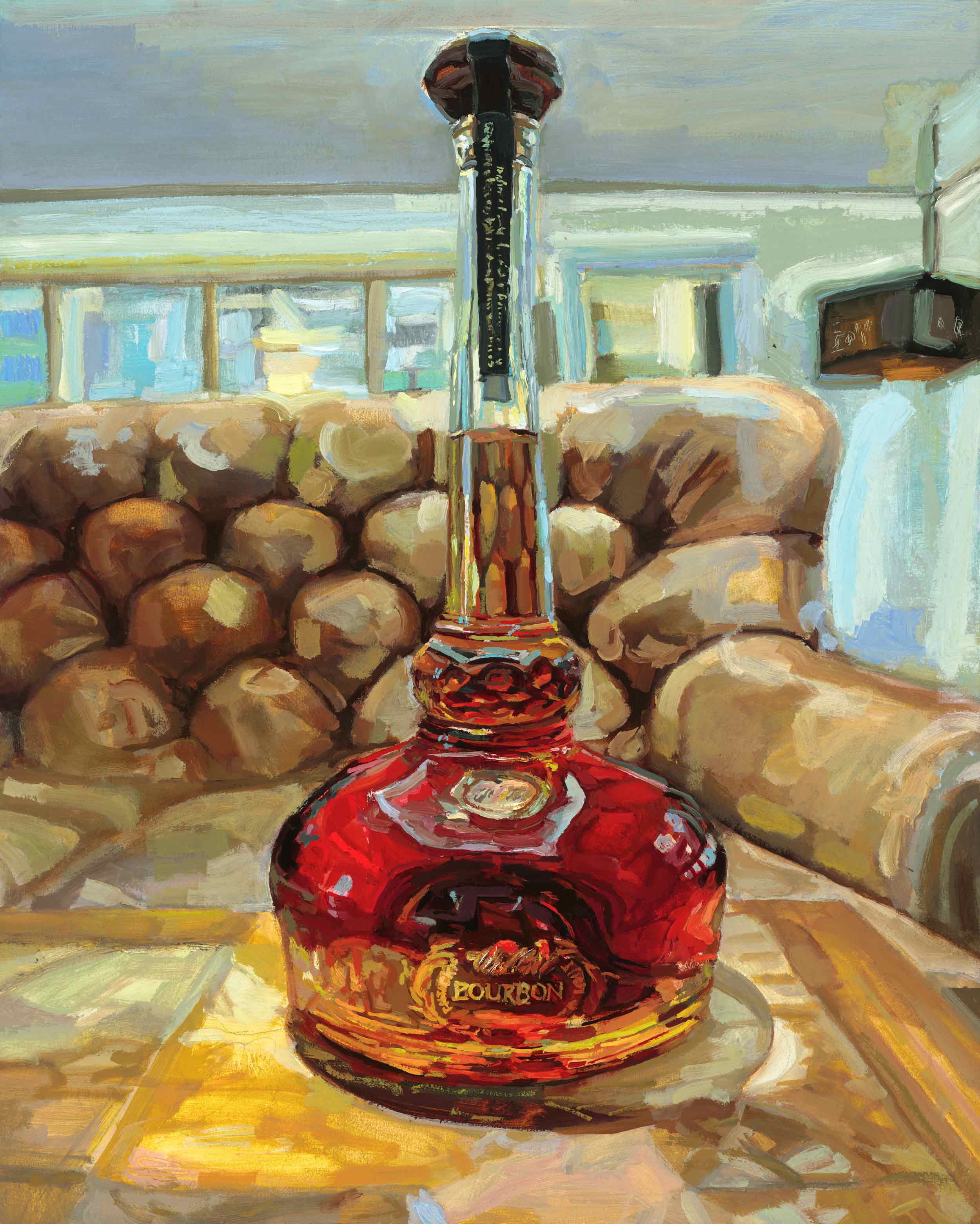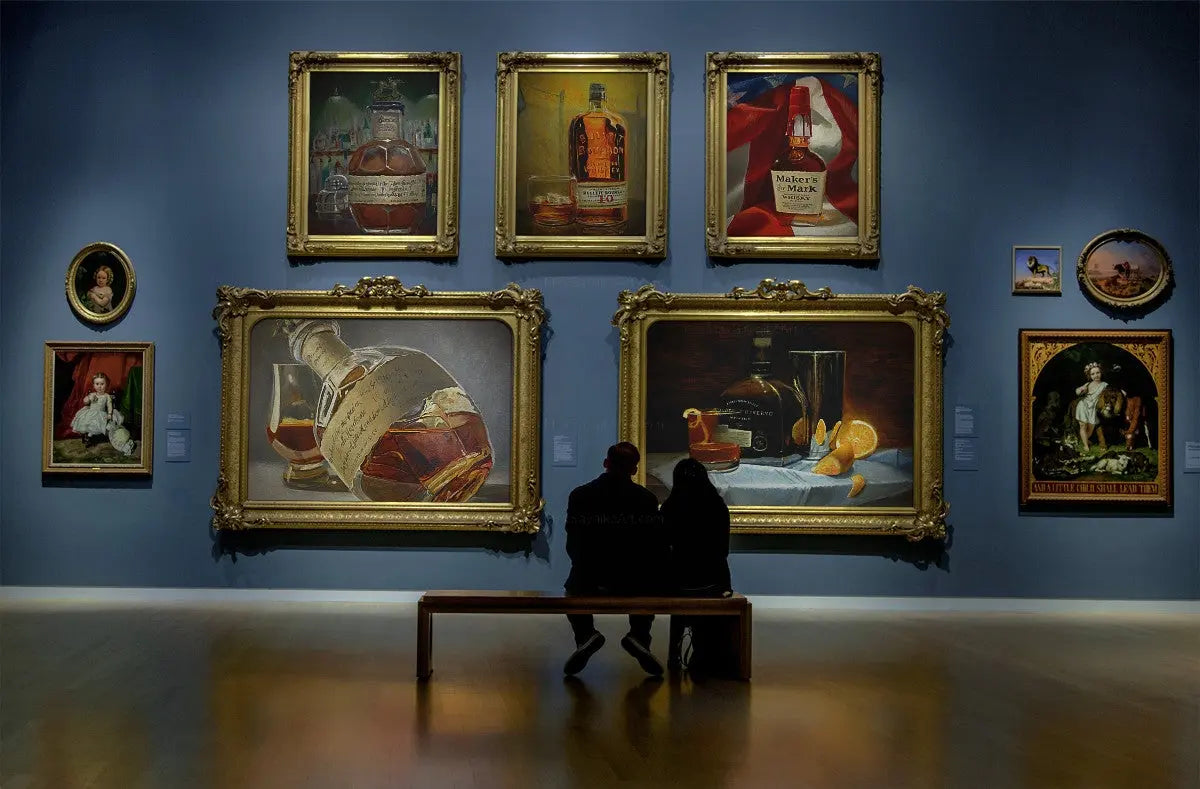Whiskey Art: Capturing the Significance of Distillation in Every Brushstroke
Whiskey Art: Capturing the Significance of Distillation in Every Brushstroke
Blog Article
The Significance of Whiskey Art in Celebrating Heritage and Workmanship in the Beverage Sector
The detailed partnership between whiskey art and the party of heritage and craftsmanship within the beverage sector can not be overemphasized. With thoughtfully designed tags and containers, bourbon brands encapsulate their historical roots and the artisanal skills that define their production approaches. This imaginative dimension not only boosts market charm however also functions as a channel for social narration, cultivating a deeper connection in between the craft and the customer. As we check out the different elements of this topic, fascinating concerns about the influence of modern-day patterns on conventional practices develop, prompting more examination.
The Historical Origins of Whiskey
At the heart of bourbon's appeal exists an abundant tapestry of historic origins that map back to old people. The origins of whiskey can be linked to the purification techniques of the Sumerians and Babylonians around 2000 BCE, where very early kinds of fermented grain drinks began to arise. It was in the Middle Ages that the art of purification evolved dramatically, specifically in Ireland and Scotland, leading to the creation of scotch as we recognize it today.
The term "bourbon" itself originates from the Gaelic word "uisce beatha," implying "water of life." This expression emphasizes the cultural importance of whiskey in Celtic cultures, where it was typically connected with rituals, events, and communal bonding. By the 15th century, distillation came to be an identified craft within monastic neighborhoods, leading the way for the facility of lawful distilleries.
As trade paths expanded, scotch's appeal expanded, transcending local boundaries and recording the interest of aficionados worldwide. Limited Edition. This historic trip reflects not just the craftsmanship behind whiskey production yet also its indispensable duty in cultural and social contexts, noting it as a significant beverage throughout history
Artistic Expression in Branding
Scotch branding stands as a compelling junction of virtuosity and business, where visual identification plays a crucial role in shaping customer perception. The looks of bourbon tags, packaging, and marketing materials show not just the brand name's tale but additionally its core values and heritage. Through artistic expression, distilleries communicate a story that resonates with consumers, evoking emotions and triggering connections.
Using color, typography, and imagery in branding serves to distinguish items in a saturated market. As an example, standard concepts might evoke a feeling of authenticity and craftsmanship, while modern layouts can signify development and forward-thinking. This calculated imaginative direction improves brand name acknowledgment and commitment, allowing consumers to build a personal relationship with the whiskey they pick.
Furthermore, imaginative expression in branding often serves as an event of regional heritage. Distilleries frequently incorporate regional symbols or historic references right into their designs, creating a local color that welcomes consumers to take part in a wider cultural experience. Inevitably, the virtuosity behind scotch branding not only improves aesthetic allure yet also enriches the total narrative of the brand, cultivating a much deeper admiration for the craftsmanship and heritage ingrained in each bottle.
Workmanship in Container Style
The creativity obvious in bourbon branding expands past aesthetic identity to incorporate the craftsmanship entailed in container layout. Each container acts as a vessel not simply for the spirit within, but likewise for the tale it informs concerning its origin, top quality, and custom. The style procedure calls for careful attention to detail, as components such as closure, material, and shape add significantly to the general perception of the scotch.
Craftsmanship in container design includes choosing premium glass that can enhance the scotch's color and clarity, while additionally supplying a responsive experience for the customer. The shape of the bottle you could look here must be both cosmetically attractive and useful, usually reflecting the heritage of the brand name. Many distilleries select distinct forms or printed logo designs that stimulate a sense of authenticity and background.
Furthermore, the label layout and typography play a critical role in communicating the brand's narrative. Realism Art. A well-crafted container not just astounds the consumer's eye but also strengthens the brand name's commitment to top quality and tradition. This way, the craftsmanship of bottle layout becomes an important aspect of the bourbon experience, combining virtuosity with an extensive respect for heritage
Cultural Relevance of Whiskey Art
Commemorating practice and craftsmanship, the cultural value of whiskey art goes beyond plain aesthetics, linking with the historical and social narratives of the regions where it originates. Each container acts as a canvas, illustrating the one-of-a-kind tales, mythology, and customs that have actually shaped neighborhood whiskey-making methods. The detailed designs frequently mirror the heritage of the distillers, integrating icons and concepts that resonate with the society and worths of their areas.

On top of that, scotch art plays a explanation vital duty in common events and events, working as a substantial web link between people and their shared experiences. By appreciating the virtuosity in bourbon packaging, consumers cultivate a much deeper understanding and respect for the craft, ultimately enhancing their enjoyment of the drink itself.
Modern Trends in Scotch Discussion
In current years, the discussion of whiskey has advanced to mirror contemporary preferences and trends while still honoring conventional craftsmanship - Bourbon Art. Distilleries are progressively concentrating on aesthetic aspects that boost the general alcohol consumption experience, bridging the gap between heritage and modernity
Innovative container designs have emerged, frequently integrating lasting products and creative tags that inform engaging stories. Numerous brand names currently team up with neighborhood musicians, infusing their products with one-of-a-kind visual expressions that reverberate with customers. In addition, limited-edition releases are typically packaged in collectible containers, including value and appeal for connoisseurs.

Final Thought
In verdict, whiskey art serves as a vital channel for revealing the heritage and workmanship intrinsic in the drink sector. Via intricate branding, ingenious container designs, and culturally significant artistic aspects, whiskey brand names properly honor their practices and link with consumers.


Craftsmanship in bottle design involves picking premium glass that can enhance the bourbon's shade and clearness, while also providing a tactile experience for the consumer. In this way, the craftsmanship of container layout ends up being a vital element of the bourbon experience, combining creativity with an extensive respect for heritage.
In conclusion, whiskey art serves as a crucial channel for revealing the heritage and craftsmanship integral in the beverage market.
Report this page